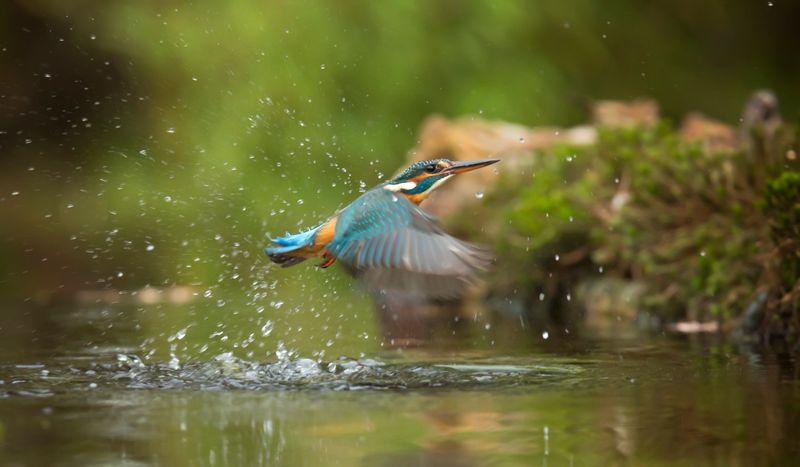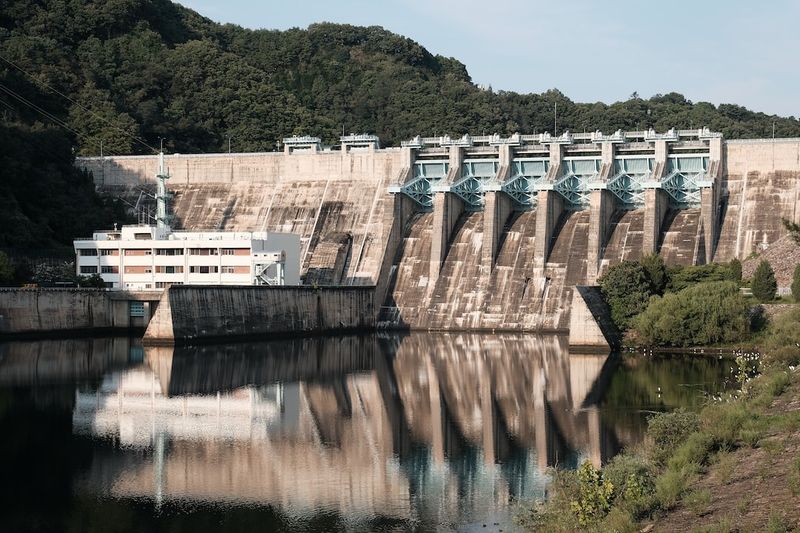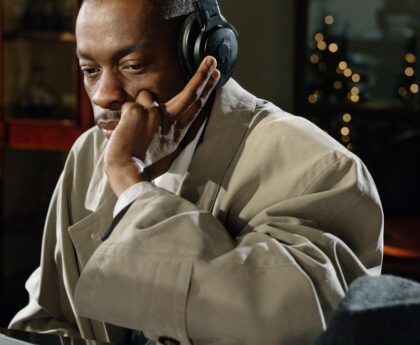Elizabeth Line Suspended Due to Swan on the Track
Introduction
The smooth operations of the Elizabeth Line, a new railway service connecting various parts of London, came to a temporary halt today due to an unexpected obstacle on the track – a swan. Passengers traveling between Heathrow Airport in west London and Abbey Wood in southeast London were left stranded as train services were suspended. This incident has led to frustration among passengers, some of whom took to social media to express their disbelief and criticize the response to the situation. While it may seem like a minor incident, the swan on the track raises important questions about the balance between human infrastructure and wildlife preservation.
The Incident and Its Consequences
The presence of the swan on the track at Paddington station caused a significant disruption to the Elizabeth Line services. Passengers on board the affected trains reported being held for up to an hour, leading to inconvenience and discomfort. One of the main concerns raised by passengers was the lack of toilets on the trains, which made the delay even more uncomfortable. Transport for London (TfL) described the situation as an “obstruction” that required the suspension of train services on that section of the line.
Reactions and Criticism
Social media platforms became the outlet for frustrated passengers to express their grievances. One passenger questioned the difficulty of moving a swan and criticized the decision to suspend the entire Elizabeth Line due to this incident. This criticism highlights the perceived lack of preparedness and inconvenience caused by what might appear to be a minor obstruction. However, it is crucial to understand the broader context of wildlife and urban infrastructure coexistence to fully comprehend the decision-making process behind such incidents.
Wildlife and Urban Infrastructure
The incident with the swan on the Elizabeth Line track brings attention to the critical issue of wildlife and urban infrastructure coexistence. As cities expand and human development encroaches upon natural habitats, conflicts between human activities and wildlife become more prevalent. In this case, the presence of a swan on the railway track raises questions about the measures in place to prevent wildlife from interfering with the functioning of urban infrastructure.
Preserving Biodiversity in Urban Environments
Urban areas often struggle to preserve biodiversity and provide habitats for wildlife due to space limitations and the prioritization of human needs. However, it is essential to strike a balance between human development and wildlife preservation to ensure the long-term sustainability of both. Implementing measures such as wildlife crossings or dedicated habitats within urban spaces can help mitigate conflicts between humans and wildlife, reducing the likelihood of incidents like the one that halted the Elizabeth Line today.
Responsibility and Planning
Transport authorities have a responsibility to anticipate and plan for wildlife-related incidents that may disrupt urban infrastructure. While it may not be possible to prevent every occurrence, taking proactive steps such as regular inspections, maintenance, and staff training can help mitigate the impact of disruptions caused by wildlife. It is also crucial to analyze the specific vulnerabilities of each infrastructure project and develop tailored strategies to address potential wildlife interferences.
Lessons Learned
The swan incident on the Elizabeth Line serves as a reminder that even seemingly small disruptions can have significant consequences for transportation systems. This incident should prompt transport authorities to review their wildlife management practices and enhance their preparedness for such situations. By considering the needs of both human infrastructure and wildlife, we can create more resilient and sustainable urban environments.
Conclusion
The suspension of Elizabeth Line services due to a swan on the track highlights the delicate balance between urban infrastructure and wildlife preservation. While incidents like this may seem trivial, they raise important questions about preparedness, responsibility, and the long-term sustainability of our urban environments. By taking proactive measures to mitigate conflicts between humans and wildlife, we can ensure the smooth functioning of transportation systems while fostering biodiversity in our cities.

<< photo by Monique Laats >>
The image is for illustrative purposes only and does not depict the actual situation.
You might want to read !
- Territorial Encounter: Dingo Incidents Pose Concerns for Tourists in Australian Coastal Areas
- When Dingoes Attack: A Shocking Encounter on an Australian Beach
- Exploring the New Features in Fortnite’s Chapter 4 Season 3 Patch Notes: The Wilds
- The Controversial Union: Exploring Richard Keys’ Marriage to His Daughter’s Friend
- Thames Water CEO Sarah Bentley Resigns Amid Bonus Waiver
- Exploring the Rich Traditions and Rituals of Eid Al-Adha: A Celebration of Faith and Sacrifice




